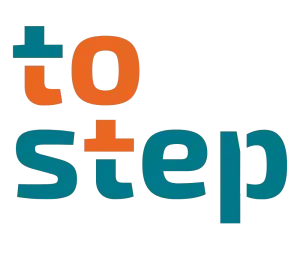🌀 The 5 Maturity Stages of Highly Adaptable Teams
In today’s fast-moving world, adaptability isn’t just a bonus—it’s a necessity. But truly adaptable, high-impact teams don’t emerge overnight. They evolve. Through years of experience, research, and transformation work, we’ve observed a common pattern: teams grow through five distinct maturity stages. Each one builds new capabilities, shifts mindsets, and redefines what’s possible.
Here’s a quick look at the journey:
1. Dysfunctional Teams
These teams operate in survival mode. Communication is poor, trust is low, and collaboration is often blocked by conflict, fear, or confusion. Change is resisted or creates chaos. At this stage, the focus is on damage control—if there’s focus at all.
2. Developing Teams
(Also known as Reactive or Structured)
Teams begin to establish roles, routines, and clarity. There’s an effort to respond to challenges, but adaptability is limited. They tend to follow rules and react to change rather than anticipate it. Still, it’s a vital stage of foundational growth.
3. High-Performing Teams
(Also known as Structured or Defined)
With trust, clarity, and coordination in place, these teams are efficient and consistent. They deliver reliably and solve problems together. However, they may still rely heavily on structure and may struggle when faced with ambiguity or rapid change.
4. Highly Adaptable Teams
(Also known as Proactive or Adaptive)
These teams think ahead, embrace uncertainty, and learn continuously. They pivot quickly and share leadership. Psychological safety is strong, and experimentation is encouraged. Agility isn’t just a process—it’s a mindset.
5. High-Impact Teams
(Also known as Evolutionary, Optimizing, or Resilient)
The pinnacle of team maturity. These teams are self-evolving, purpose-driven, and deeply connected to their ecosystem. They don’t just respond to change—they shape it. Impact is amplified through trust, autonomy, and a shared sense of meaning.
Why This Matters
Knowing where your team stands helps you design the right interventions. You can’t jump from dysfunction to high impact overnight. But with the right support, awareness, and culture, teams can grow—and grow fast.
Where is your team today? And what would it take to move to the next stage?

